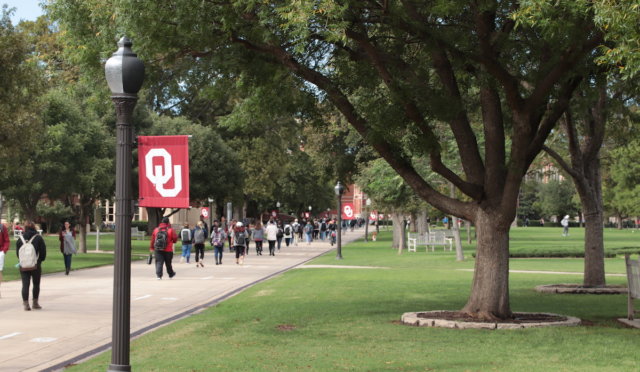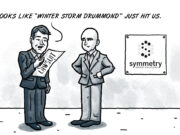
FAIRFAX, Virginia — I have a confession to make: I don’t follow Oklahoma politics and events like some of my fellow ex-Okies do. Sure, I checked the primary and runoff results on the nights they happened, and, even after leaving Oklahoma for the east coast, I gave money to candidates on both sides of the aisle that I wanted to win. I’m delighted that many candidates who pass for moderates in the contemporary Republican Party won versus far-right extremists. For the most part though, I only ever check NonDoc (including the awesome How We Got Here podcast) and The Oklahoma Daily. Despite my distance from my home state, I often think fondly on my time at Oklahoma’s flagship university and my many friends there.
You can perhaps imagine how shocked I felt a couple weeks ago when I was forwarded an article from the Norman Transcript describing how the University of Oklahoma is preparing to shrink the Cleveland Area Rapid Transit system, a bus system jointly operated by the City of Norman and OU, a vital service for the community and innumerable students.
But I’m not here to write about transit service, important as it is.
In my opinion, the cuts to CART service are just a part of efforts by OU’s new president to create the illusion of a financial crisis in order to slash supposed waste. It’s now clear (as if there was even an illusion to begin with) that Gov. Mary Fallin’s Board of Regents chose Jim Gallogly, OU’s new president since July, to finally capture the last state institution not already fully controlled and operated by Republicans and make it “efficient.”
What makes a university ‘great’?

Many of the Republicans I’m referring to have no understanding of what makes a “great” university. To the discredit of most universities these days, conservatives seem to justify a university’s existence almost exclusively in economic terms — but that’s not the point of a university’s existence. Public universities exist for reasons similar to why public schools or well-maintained highways between towns exist: Human connections are made, new thoughts are conceived, the spiritual condition of all is elevated.
A great university should be a launch pad not just for technological innovation but for human achievement and the full realization of one’s own self. A great university cannot be measured by its balance sheet. Indeed, in the sense of the word that I’m using here, “greatness” cannot be measured. In turbulent and difficult times like these, a great university must be a shelter for the vulnerable against attacks by the powerful.
Gallogly’s fundamental mistakes
Gallogly has already made some fundamental mistakes in his tenure. First, he believes a university can be managed in the same way as a business, that reading the balance sheet is the same as understanding the magic of discovery or debate or thoughtful discussion. Gallogly’s second fundamental mistake is leaving the staff who make the university function hanging in the wind, telling them in June that “layoffs are possible” but without providing detail. More recently, Gallogly invited the staff for a Q&A session on Sept. 20, spent 30 minutes talking and then cut the Q&A to less than 15 minutes so he could go skydiving for a PR stunt.
Now, it feels to some alumni like me that Gallogly seeks to pin the blame on his predecessor, David Boren.
That’s the same predecessor who dealt with a state budget allocation that fell by $100 million between 1997 and 2017 (adjusted for inflation). The same predecessor who worked within limited means to rebuild the Norman, Oklahoma City and Tulsa campuses and accommodate a 50 percent increase in enrollment since 1995. Were there efficiencies to be realized? Of course, but let’s not forget how important the past 25 years’ worth of investments have been for OU’s considerably increased prestige.
History repeating?
At the staff Q&A, Gallogly had the chance to reassure employees and remind them of their vital role in the university’s work. Instead, the Canadian-born business executive seemed content to oversee panic. Given the general state of Oklahoma and the people who appointed him president of the university, I can’t help but think that’s the plan.
In all, Gallogly’s first few months remind me of stories that an old OU professor, Tom Boyd, once told about J. Herbert Hollomon, an engineer-turned-OU president in the late ’60s. Like Gallogly, Hollomon succeeded a popular and long-serving university president who had transformed OU and elevated it to the next level of achievement. Unfortunately for Hollomon, he lacked the skills to bring diverse university communities together or to unite faculty and students toward a common goal. Instead, armed with the arrogance of an engineer, he charged forth into a wall of angry students, faculty and staff. Hollomon, tone deaf and insensitive, resigned in frustration after a bit more than two years.
OU might see history repeat itself.
Live on, university.





















